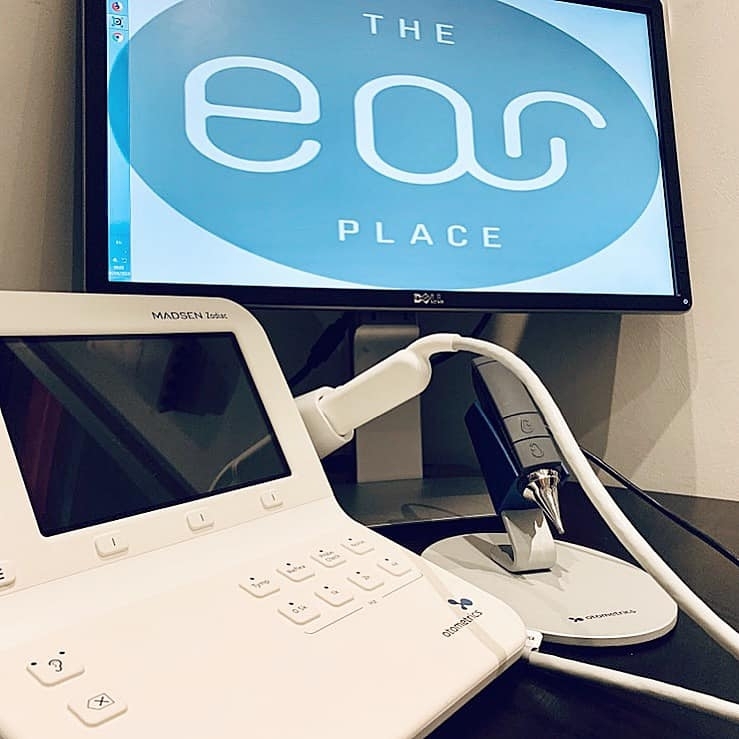Here And Now
Tinnitus Awareness Month Part 3 - Sound Tolerance and Tinnitus

Understanding Sound Tolerance and Altered Hearing Sensitivities
Our hearing is incredibly versatile, capable of detecting soft sounds like rustling leaves and extremely loud noises, such as music in a nightclub. There is a point where sound becomes too loud for comfort, this threshold varies from person to person. It's influenced by mood and context, meaning you might find a sound pleasant one day and annoying the next, especially when you're tired or stressed.
Some sounds, like nails scraping a chalkboard or the drip of a leaky tap, are universally disliked, regardless of sound volume. Sound sensitivity can significantly affect daily life for some people, a condition broadly termed Hyperacusis.
Types of Altered Sound Tolerance
Hyperacusis refers to an increased sensitivity to everyday sounds, which seem unusually loud, intrusive, or even painful to those affected.
Phonophobia is a fear or aversion to specific sounds, such as hand dryers in public restrooms or fireworks.
Misophonia is an intense dislike or aversion to certain repetitive sounds, often generated by others, like chewing, tapping or whistling.
Recruitment is a specific form of altered sound tolerance in individuals with hearing loss, sounds suddenly transition from being too soft to uncomfortably loud.
Link to Tinnitus
Research suggests that hyperacusis often involves increased sensitivity in the brain's auditory pathways. While many people with tinnitus also experience hyperacusis, having one condition doesn't necessarily lead to the other.